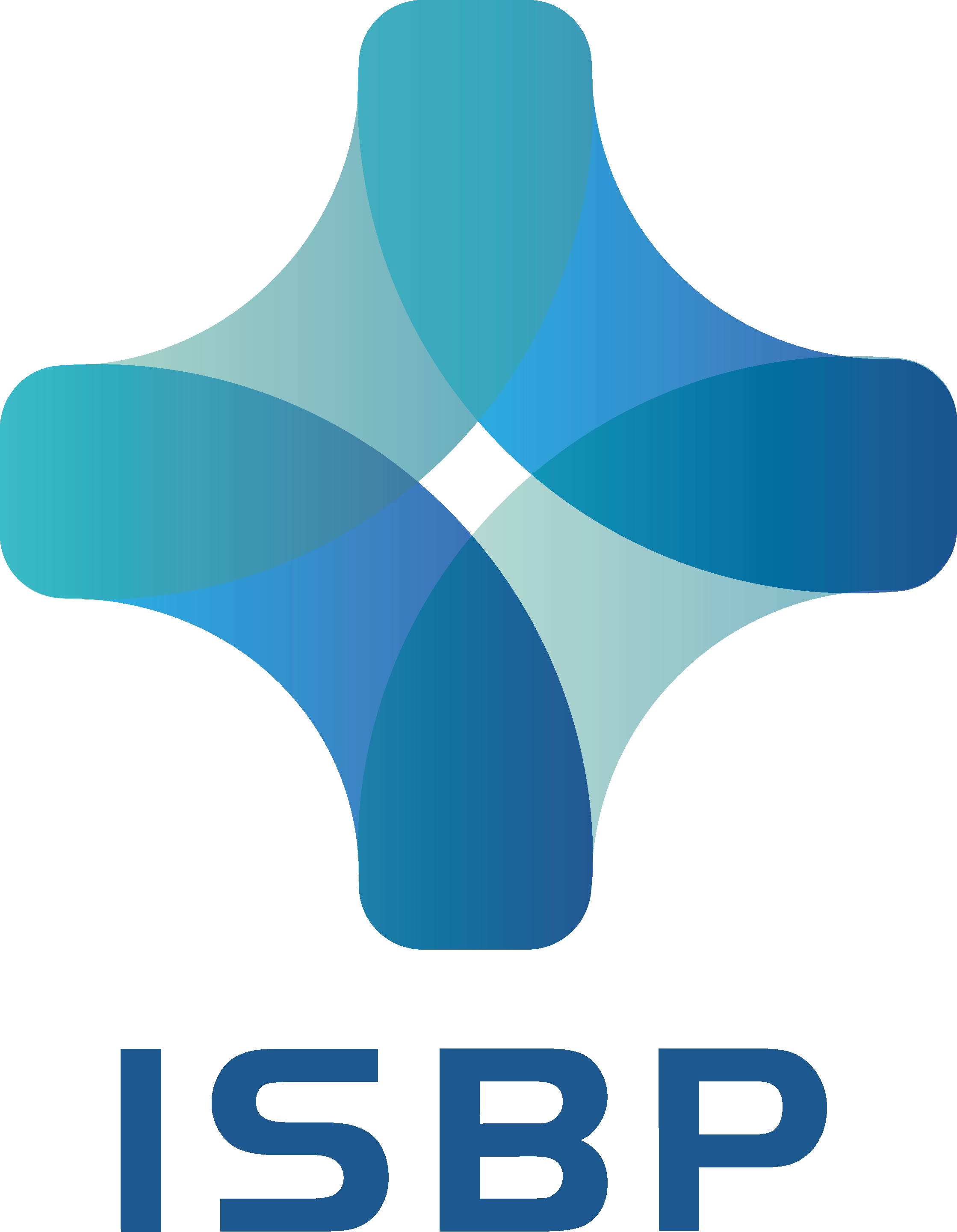
Call For Papers
TOPICS & TRACKS ( not limited to ):
| Bioinformatics | |
Algorithms, models, software, and tools in Bioinformatics Any novel approaches to bioinformatics problems Applications to diagnosis, prognosis, treatment, monitoring and rehabilitation Biological devices/Biosensors and Molecular Diagnostics Computational proteomics DNA and RNA structure, function and sequence analysis Experimental methods for model validation Gene engineering and protein engineering Gene regulation, expression, identification and network Genomics and Proteomics | Imaging, instrumentation and sensors for model generation and identification Immuno- and Chemo-Informatics Multiscale modelling and integrative research Next Generation Sequencing Pharmaceutical Applications Probabilistic and optimization methods in bioengineering Protein interactions, docking and function Protein structure, function and sequence analysis Sequence Analysis Structural Bioinformatics Structural, functional and comparative genomics Structure Prediction Synthetic biology |
| Intelligent Computing(any goal-oriented activity requiring, benefiting from, or creating computers.) | |
designing and building hardware & software systems processing,structuring managing various kinds of information | scientific research making computer systems behave intelligently creating and using communications & entertainment media |
| Bioinformatics & Intelligent Computing | |
Algorithms and Software Tools Algorithms, models, software, and tools in Bioinformatics Biostatistics and Stochastic Models Computational evolutionary biology Computational Intelligence Computational Molecular Systems Computational Neuroscience Data acquisition, normalization, analysis and visualization Data management and modelling tools Data Mining and Machine Learning Databases and Data Management Drug design and computer aided diagnosis Emerging numerical methods and computational tools Formal Verification of Biological Systems | Gene regulation, expression, identification and network High-performance computational systems biology and parallel implementations Image Analysis Inference from high-throughput experimental data Information Technology applications to computational bioengineering Model Design and Evaluation Model integration from biological databases Multi-scale modelling and analysis methods Pattern Recognition, Clustering and Classification Simulation and Modeling Subject-specific and population-based modelling methods Systems Biology Transcriptomics Visualization Web Services in Bioinformatics |
| Others | |
ORAL PRESENTATION INSTRUCTION
1. Timing: a maximum of 15 minutes total, including speaking time and discussion. Please make sure your presentation is well timed. Please keep in mind that the program is full and that the speaker after you would like their allocated time available to them.
2. You can use CD or USB flash drive (memory stick), make sure you scanned viruses in your own computer. Each speaker is required to meet her/his session chair in the corresponding session rooms 10 minutes before the session starts and copy the slide file (PPT or PDF) to the computer.
3. It is suggested that you email a copy of your presentation to your personal inbox as a backup. If for some reason the files can’t be accessed from your flash drive, you will be able to download them to the computer from your email.
4. Please note that each session room will be equipped with a LCD projector, screen, point device, microphone, and a laptop with general presentation software such as Microsoft PowerPoint and Adobe Reader. Please make sure that your files are compatible and readable with our operation system by using commonly used fronts and symbols. If you plan to use your own computer, please try the connection and make sure it works before your presentation.
5. Movies: If your PowerPoint files contain movies please make sure that they are well formatted and connected to the main files.
POSTER PRESENTATION INSTRUCTION
1. Maximum poster size is 59.4 CM wide by 84.1 CM high(A1 size).
2. Posters are required to be condensed and attractive. The characters should be large enough so that they are visible from 1 meter apart.
3. Please note that during your poster session, the author should stay by your poster paper to explain and discuss your paper with visiting delegates.